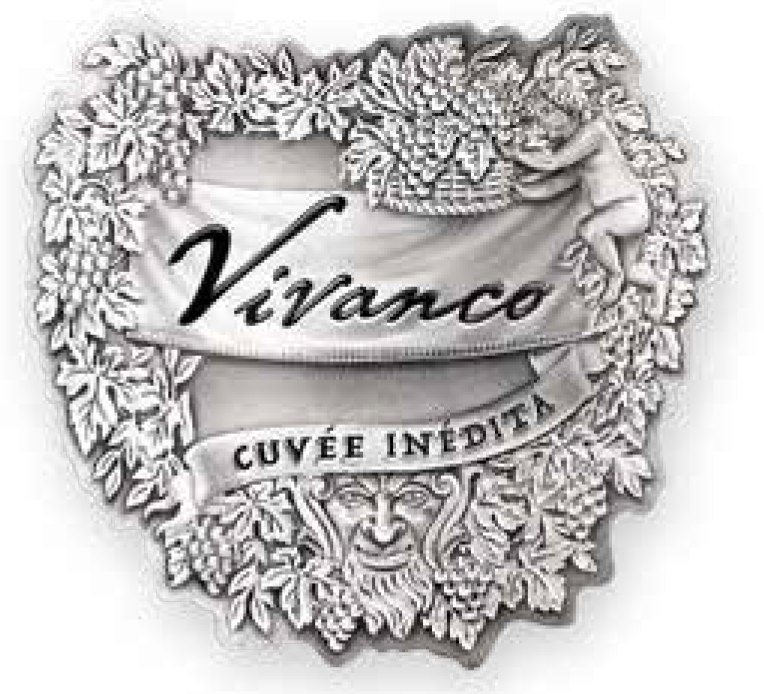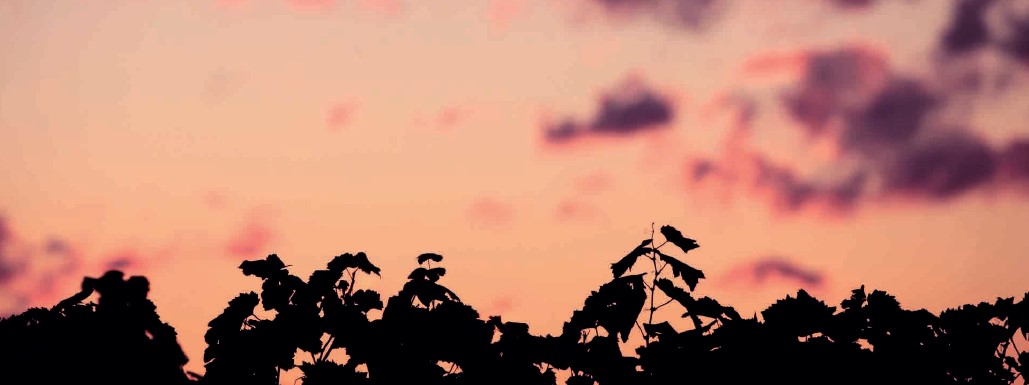
2020
4.633 numbered bottles.
The different grape varieties were harvested manually in small crates, separately and at their ideal moment of ripeness, based on grape tastings and lab tests, during the first and second weeks of September.
All the grapes go through cold storage and a sorting table. The extraction of the must is gentle and delicate, with low yields in order to obtain pure, fruity musts that respect the terroir as much as possible. The musts obtained from each variety undergo the initial alcoholic fermentation separately, in small stainless steel tanks at low temperatures. Once fermentation is complete and after a period of time ageing in contact with the lees, the selected blend, or cuvée, is made from the single-varietal white base wines in the proportions indicated above. This blanc de blancs is left to rest until January, when the tirage takes place and, with it, the second fermentation in the bottle, characteristic of the traditional or champenoise method.
The bottles are stored for 24 months, in latte in the natural coolness of the winery’s underground cellars. During this time, the wine remains in contact with the lees, acquiring harmony, complexity, depth in aromas and textures, and fine effervescence. In January 2021, the bottles were disgorged and refilled with the same sparkling wine to ensure its personality was fully preserved, with just a tiny Extra Brut dosage which only harmonizes the lively acidity without masking the purity of the variety and terroir. It remained in the bottle rack for at least another 15 months to perfect its elegant maturity before being released to the market.
Pale salmon-pink, showing its long maturation in the bottle. Fine bubbles and persistent. Fresh, complex aromas of red and citrus fruit and tertiary notes of nuts and brioche; very well assembled. In the mouth it is effervescent yet with a creamy texture that shows, once again, a balance between vibrant acidity and the elegant cloak of maturity. The finish is deep and delicate, with an enticing fruit-laden, mineral background.
A very food-focused, versatile wine that can be enjoyed from start to finish with shellfish (oysters, scallops, prawns), sushi, sashimi, foie gras, Iberian ham, caesar salad, salmon in puff pastry, paella, pasta, roast lamb, pigeon, turbot or monkfish in the oven, goat’s cheese, Comté cheese and dark chocolate with olive oil and fleur de sel, to name a few options.

For years, the DO Cava and the DOCa Rioja have coexisted in 23 municipalities. This is the reason why a number of wineries produce Cava sparkling wine in our area. In view of the quality and prestige potential of this type of wine, in 2015, the DOCa Rioja Regulatory Board began, for the first time in its history, the process of assessing a possible new category of quality sparkling wine within the Designation of Origin. To this end, the technical committee commissioned a team, led by Rafael Vivanco, fourth generation of the family and winemaker at Bodegas Vivanco, to develop and propose its regulations, studying the potential of Rioja and the most international success stories.
Finally, in 2017, the proposal, which was initially based on the Champagne model (manual harvesting, traditional or champenoise method, etc.) but with the personality of Rioja terroirs and grape varieties was approved. Quality aspects were further reinforced though, with lower yields, lower sugar content (only Brut Nature, Extra Brut and Brut), longer maturation on the lees between tirage and disgorging (minimum 15 months for Generic, 24 for Reserva and 36 for Gran Añada), as well as the requirement for the finished sparkling wine to pass a demanding tasting by a panel of experts before it can be released on the market.
Rafael Vivanco’s innovative spirit and his commitment to Rioja’s native red varieties has been the key to becoming a pioneer in making the first quality sparkling rosé reserva of the DOCa Rioja. In 2017, the first vintage with which production of quality sparkling wine was officially authorized in the Designation of Origin, Bodegas Vivanco became one of the first to vinify this new category of wines, On this occasion, with the 2018 vintage, Rafael Vivanco set out to explore the potential of traditional red grapes to obtain a rosé sparkling wine.
The result is a truly unique wine, made for the first time using native Rioja red varieties (Garnacha and Mazuelo) in its selected blend or cuvée (hence the name Cuvée Inédita) with a minimum dosage and high ageing potential, aimed directly and exclusively at the Reserva rosé category.
Estate-owned vineyards located in our terroir in Alesón and Briones, Rioja Alta. Alesón is situated at the eastern end of the Najerilla Valley, at an altitude of 580 metres above sea level. It is a cool area area with deep soils iwht a clay and gravel mix, allowing for the slow ripening of the Garnacha and a higher acidity, ideal for making sparkling like this rosé. In Briones, we have different vineyards where we grow the Mazuelo variety. Here the soils are looser and poorer, ideal for keeping the vigour of this variety under control, improving ripening and giving this wine a great personality.
We leave behind the humid and complicated 2020 vintage to enter one of the best vintages of the last decade in Rioja, the 2021. A perfect year from a climatic perspective, with a significant amount of accumulated precipitation and highlighting the significant snowfall left by the storm Filomena in early January. This, combined with the cold, led to a late bud break and a spring that was also rainy and quite cold. The summer was rather dry, with the low temperatures of July standing out, which, together with mild August and September, led to a slow and steady ripening, offering wines that are direct, loaded with fruity aromas, and with great aging potential. An exceptional vintage with a long, promising life ahead.
This is the first time that a rosé sparkling wine has been made with these native Rioja red grapes: 90% Garnacha Tinta, 10% Mazuelo.
Inspired by the oldest 18th century silver labels on exhibit at the Vivanco Museum of the Wine Culture in Briones, La Rioja. These first and exclusive labels were hung on the decanters to indicate the provenance of the wine that had travelled in barrels to its destination.